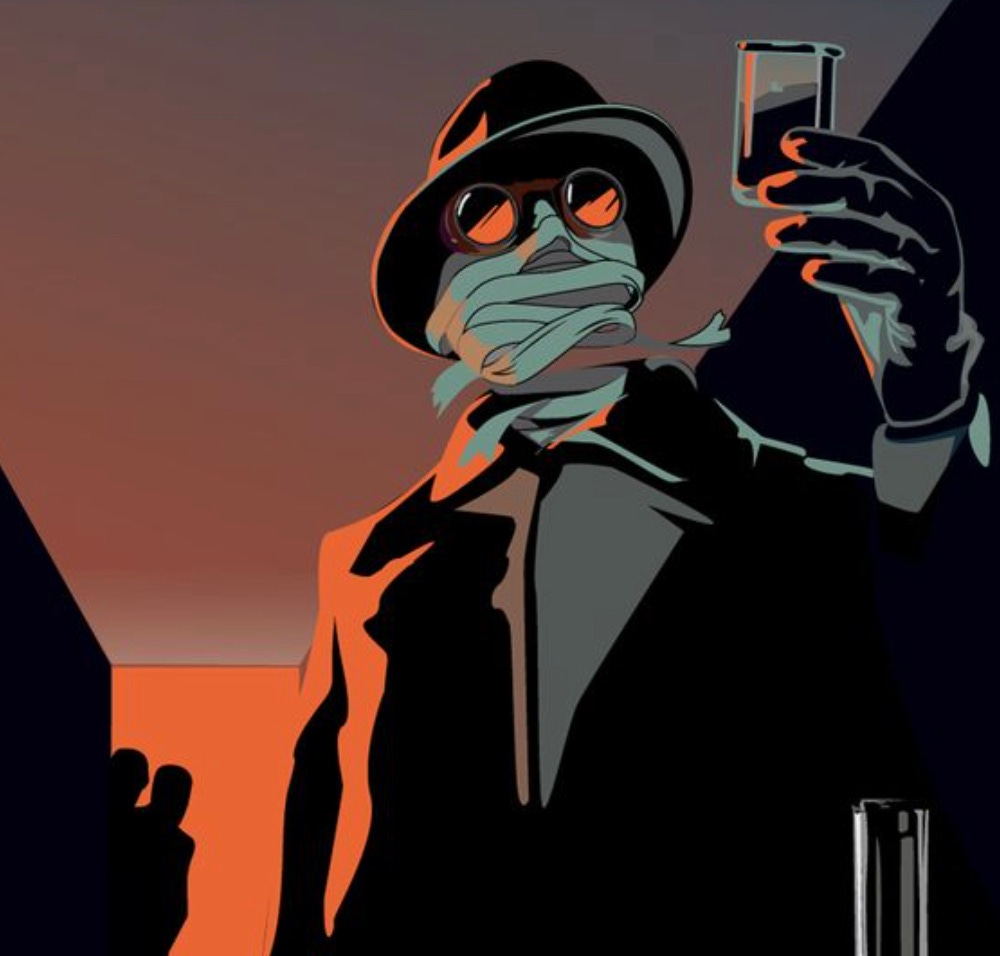A protagonist character is comprised of many things — and we’ve discussed some of these elements in earlier essays. At their simplest, a character can be thought of as a real-ish person-analog, but what always — and I mean always — helps me write compelling protagonist characters is understanding them as a set of relationships.
In an early post I offered a deciduous definition of the traditional story: an emplaced narrative in which a sympathetic character is forced by a disruptive conflict to make a consequential choice.
For me, a sympathetic character (at the protagonistic level) is a character that A) we feel / relate to (very distinct from a character we like or agree with) and B) that has associations, relationships. Our English word sympathy, after all, comes from the Late Latin sympathia which literally means "a community of feeling.” Another definition of sympathetic (Merriam-Webster) stresses “interdependence, or mutual association.”
A community of feeling, interdependence, mutual association…a nexus of meaning that I refine down to relationships.
So again, for emphasis: A sympathetic character is a character we feel /relate to and that has relationships.
In fact, the prime reason we feel / relate to a character is exactly because they have relationships — the more telling the relationships, the more feeling and relating is produced (with limits).
I always tell my students that we can describe a character in every way possible sans their relationships for 200 pages single space, but that description will never be as clarifying or compelling as two lines about that same character’s relationships.
(Little did we know our elders were giving us good writing advice when they used to say: Show me who your friends are and I’ll show you who you are.)
You don’t need to be a brain-cog science major to know that our human minds are profoundly social. If the Covid pandemic confirmed anything about humanity, it is how exquisitely social we are — apologies to our smart phones. So exquisitely social, in fact, that we sicken when we’re deprived of our social worlds, and if the deprivation is severe enough we’ll actually die. This is why there are few crueler punishments in our world than solitary confinement. Without social connections we become undone.
As with people, so with characters.
No surprise that we humans can’t help but discern the world through our inborn genius for sociality. Relationships, in all their dimensions, is a big part of how we think, how we world-make. Relationships are the color we perceive the best, and the color that lingers longest in our soul-eye.
And because we are (for the most part) social Einsteins from jump, we are more likely to believe that a fictional person is real when they have relationships.
A strange fact about people in the Real versus characters in stories:


